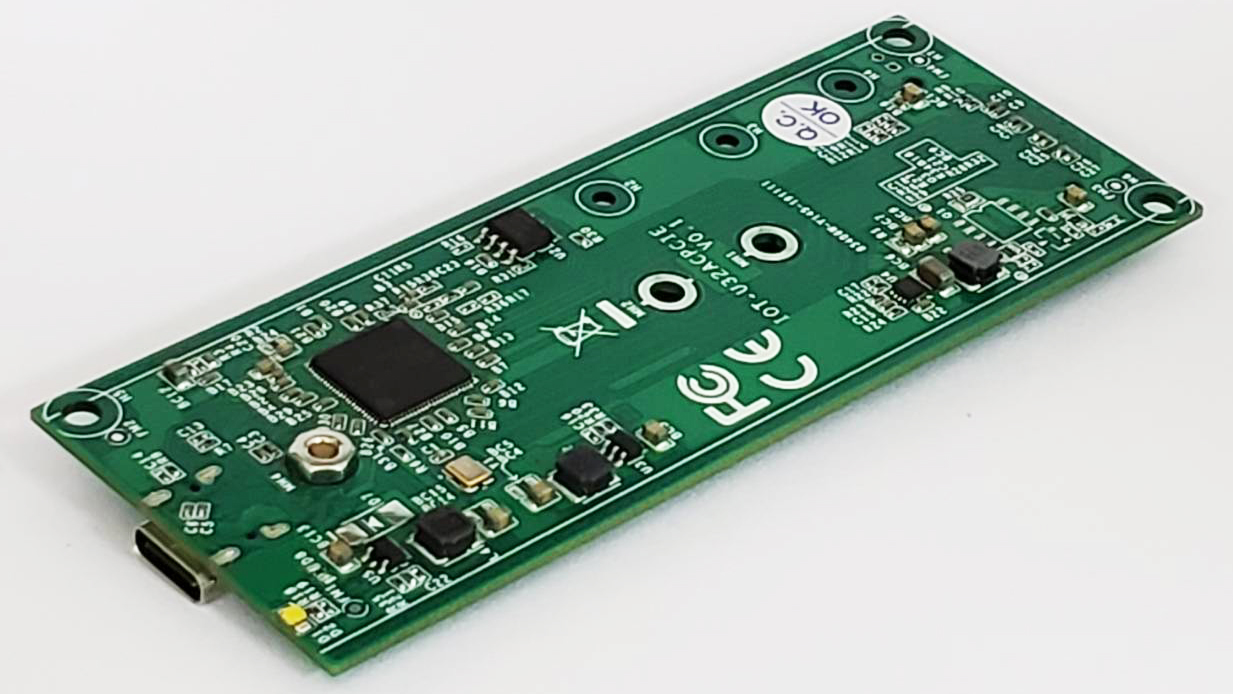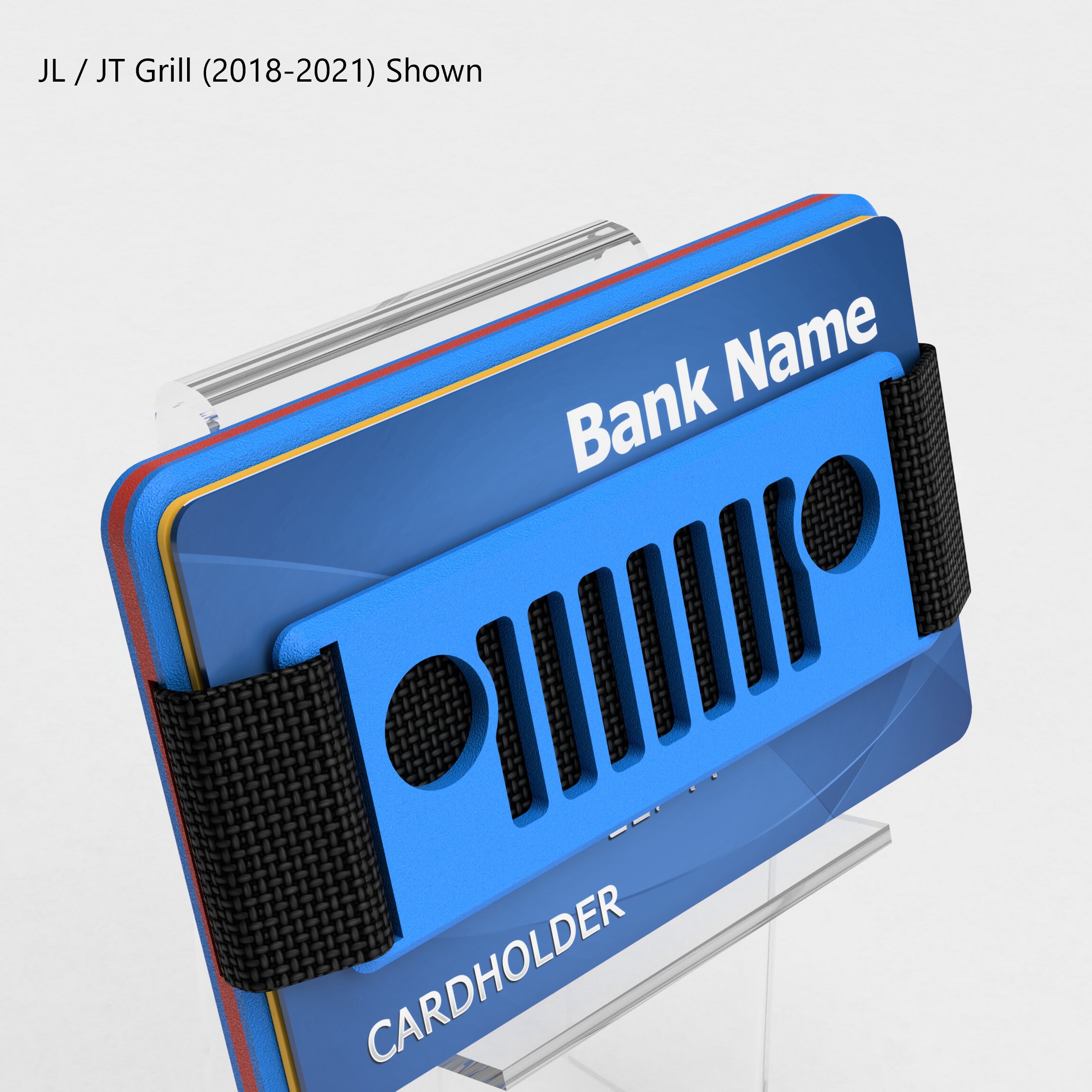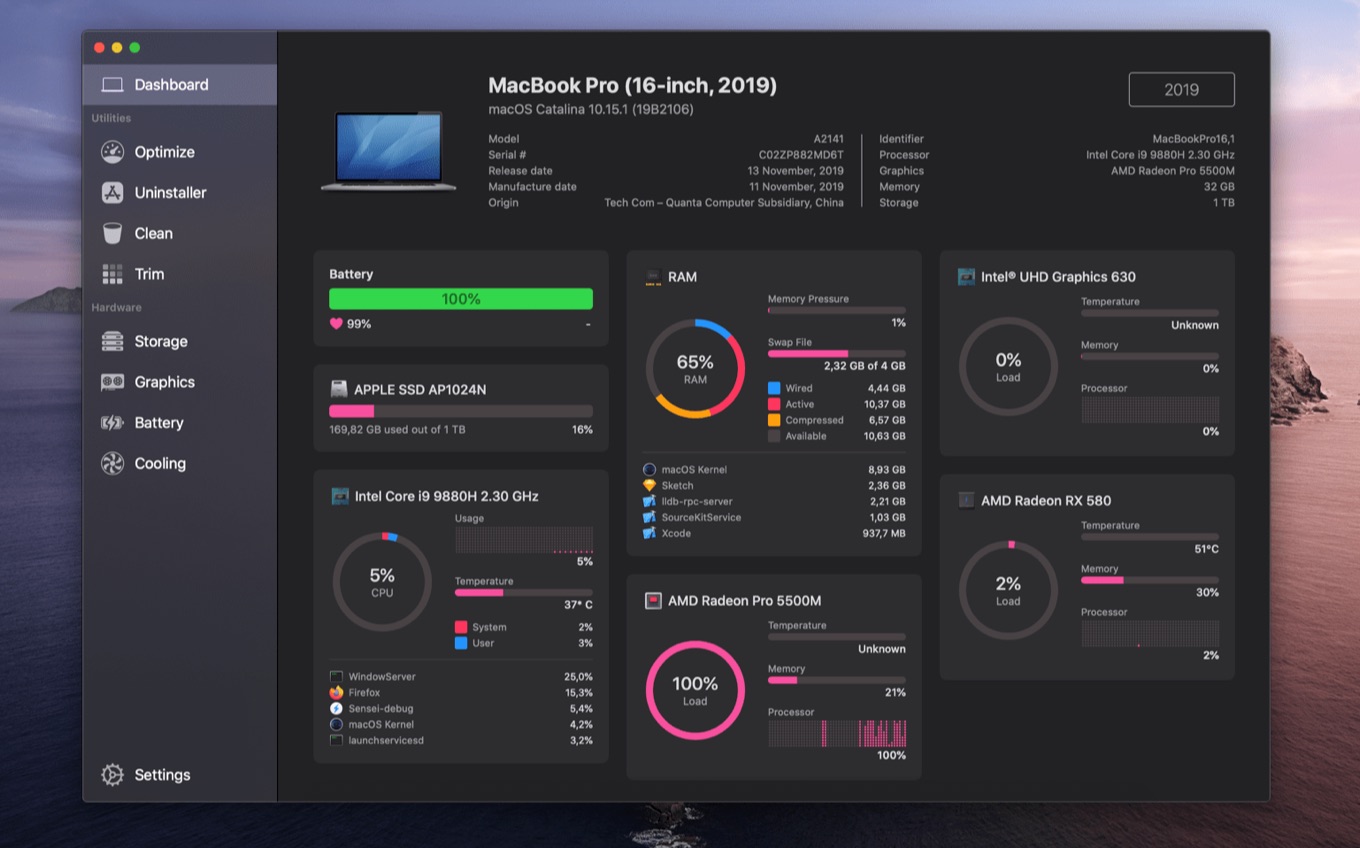

- #Trim enabler mojave pcie how to
- #Trim enabler mojave pcie install
- #Trim enabler mojave pcie upgrade
- #Trim enabler mojave pcie full
- #Trim enabler mojave pcie windows 10
#Trim enabler mojave pcie how to
This tutorial will show you how to check the current status of TRIM support for SSDs, and to enable or disable TRIM support for NTFS and ReFS file systems for all users in Windows 10. See also: The real and complete story - Does Windows defragment your SSD? | SCOTT HANSELMAN If disabled, you risk the SSD getting defragged instead of optimized (TRIM). TRIM support for SSDs is enabled by default, and is recommended to always keep TRIM support enabled.
#Trim enabler mojave pcie full
The invalid data had been cleaned and data is able to be written to the pages at full speed. Data is written back to SSD memory cells.TRIM command tells SSD controller that pages contain invalid data.

Pages are marked as "not in use" by the OS, but data remains on SSD. Since a memory block must be erased before it can be re-programmed, TRIM improves performance by pro-actively erasing pages containing invalid data, allowing the SSD to write new data without first having to perform a time-consuming erase command. TRIM functions by actively deleting invalid data from the SSD’s memory cells to ensure that write operations perform at full speed. The TRIM command is essential to maintain the performance of solid state drives (SSDs) at an optimal level over the lifetime of the drive. Give as much information as possible to encourage useful responses.How to Enable or Disable TRIM Support for Solid State Drives (SSD) in Windows 10 I have no experience with RAID in a Hack/macOS environment, but someone else will likely chime in sooner or later. Just something to consider.Īlso, make a copy of your existing (working) EFI folder and keep it somewhere safe, no matter which route you take, to be safe.
#Trim enabler mojave pcie install
If your Mojave install is on a separate drive already, and if you have an available SATA port, there's no reason why you couldn't set up a dual boot situation, booting both Mojave and Big Sur/Monterey until you're confident the new installation is stable for your needs. Other issues are mainly post-install, such as getting audio, Bluetooth, WiFi or network cards to work. Definitely test on a new drive, but be aware that there are numerous potential issues, such as TRIM errors on some NVMe SSD drives, resulting in a very slow boot time. If starting with Big Sur, a minimum of OpenCore 0.7.4 (current) is generally suggested.įrom what you've written there's clearly a wide margin for error with your setup. I'm uncertain at which point directly upgrading to Monterey via the AppStore would be possible, but I'm guessing as from late versions of Catalina.įailing all that (and probably the better choice), a clean install would be advisable, and preferably on a new disk. From that point, upgrading to Catalina 10.15.7, then Big Sur, and then Monterey would be possible (when creating your own USB installers). Although, if you could get hold of the first Catalina installer released (v10.15.0), that would allow the transition to 64bit-only.

#Trim enabler mojave pcie upgrade
There is no longer a clear upgrade path from Mojave to say, Big Sur or Monterey, due to architectural changes between versions the switch to no longer supporting 32bit, being the major one. Generally OpenCore is considered the way forward, and the OpenCore Install Guide would be a good starting point if choosing that route. I don't think that any of us are truly geeks, but occasionally do have geek-like episodes!Īs to the choice between Clover and OpenCore I would opt for the latter, although, you should consider that just my opinion rather than a recommendation the choice is ultimately up to you. Go straight to Monterey or better (safer) with Big Sur? They will break under the new system, right? So back-up and reinstall later?Ĥ. I have 2xSSD's internal set up with software RAID. Is there a danger the new install might change some hardware's internal settings and prevent going back to original Mojave drive it if all goes pear-shaped?ģ.

Which is the safest drive to install the new system on to test before cloning the the NVMe drive?Ģ. I have an internal NVMe drive with Mojave, an internal clone (on PCIE SSD) and external clone on T5 SSD.ġ. So I imagine there will be lots of bloat (?). I assume a clean install is best now, as even my initial install was migrated from an iMac which itself had been migrated. Using Clover at the moment but considering OpenCore. Not a geek by any means but can follow instructions. Finally feeling compelled to do a major upgrade. I like to keep it as-is when it's running well and don't have time to be problem solving every few weeks with updates. Building a CustoMac Hackintosh: Buyer's Guideīeen running a hackintosh (my first) for 4-5 years with Mojave and haven't done a single update.


 0 kommentar(er)
0 kommentar(er)
